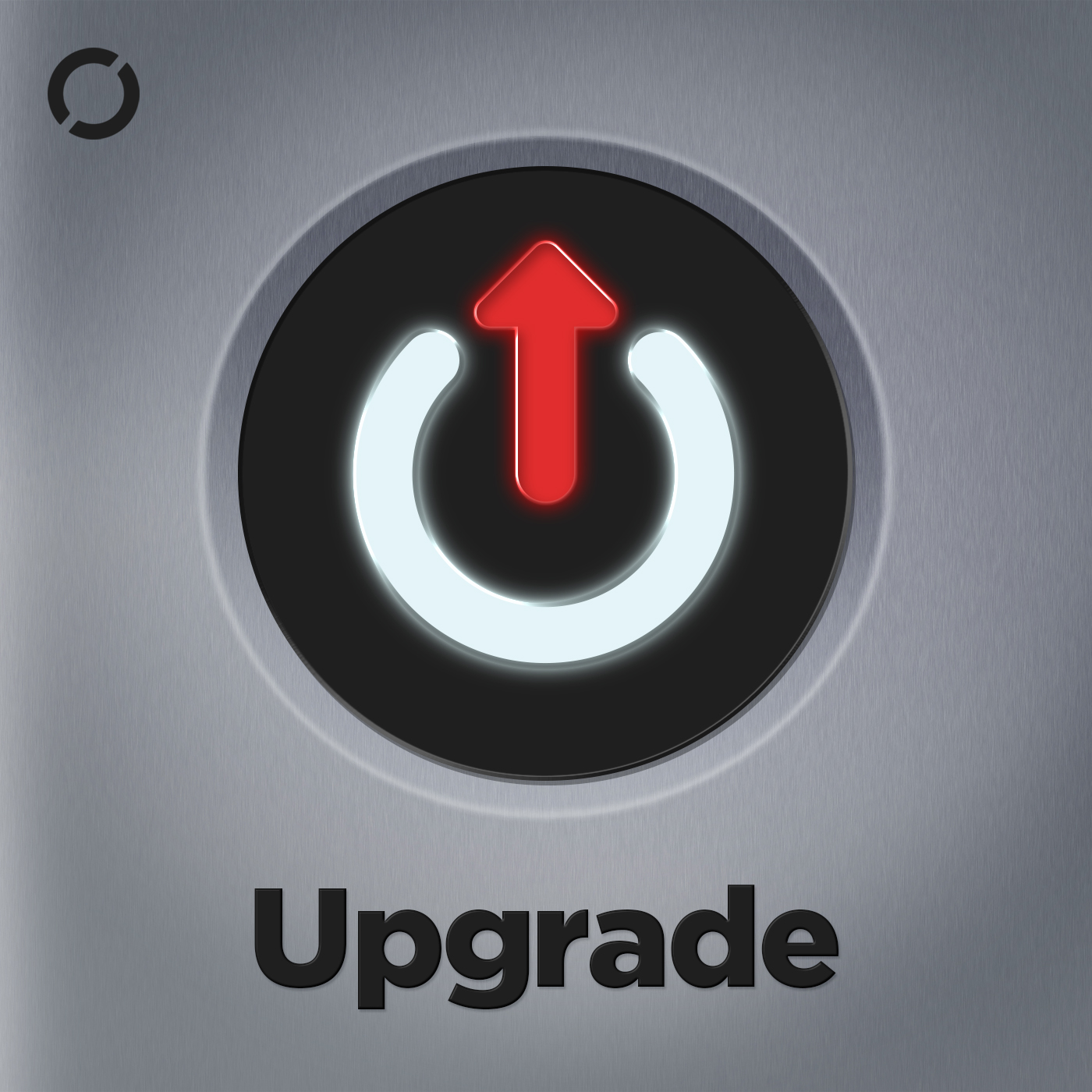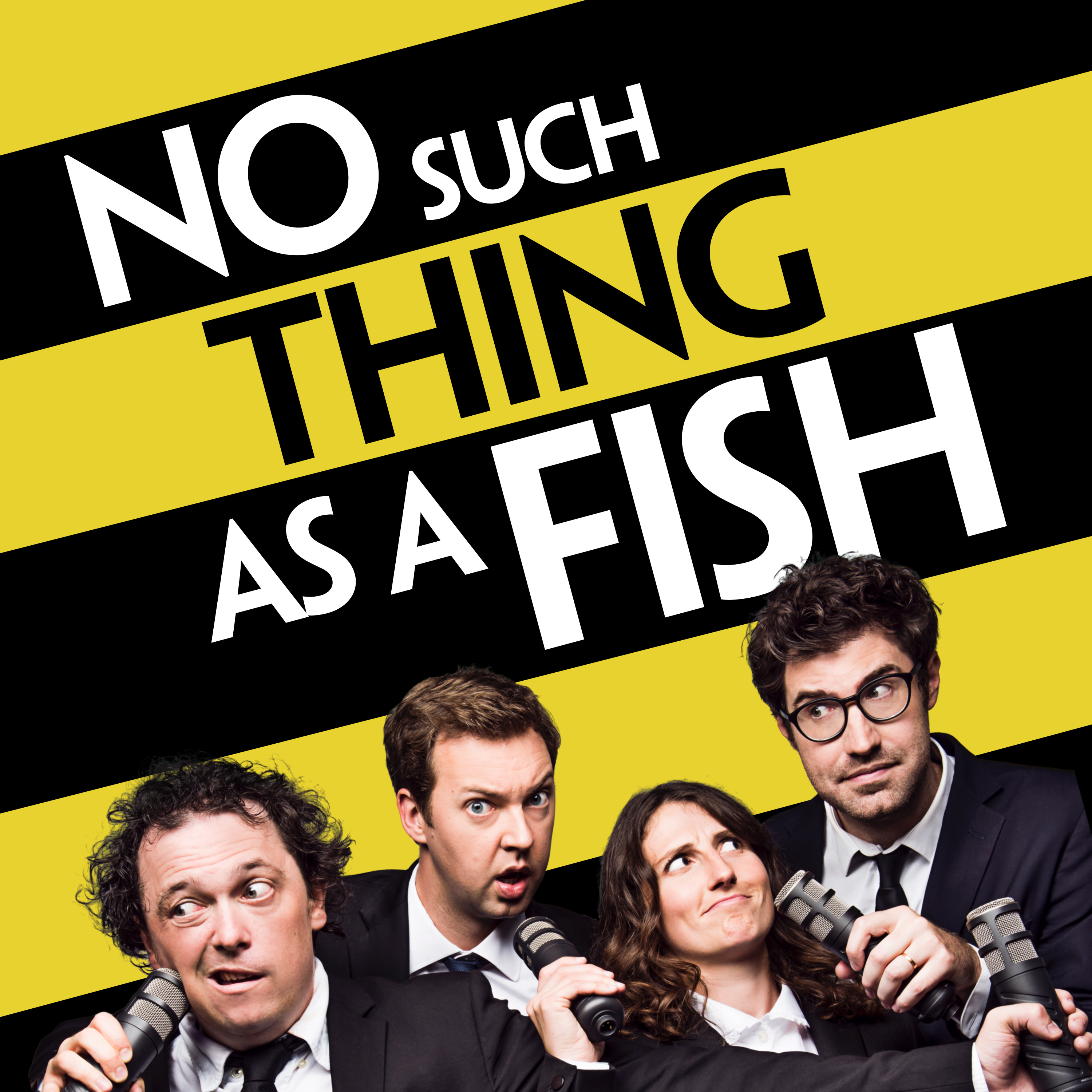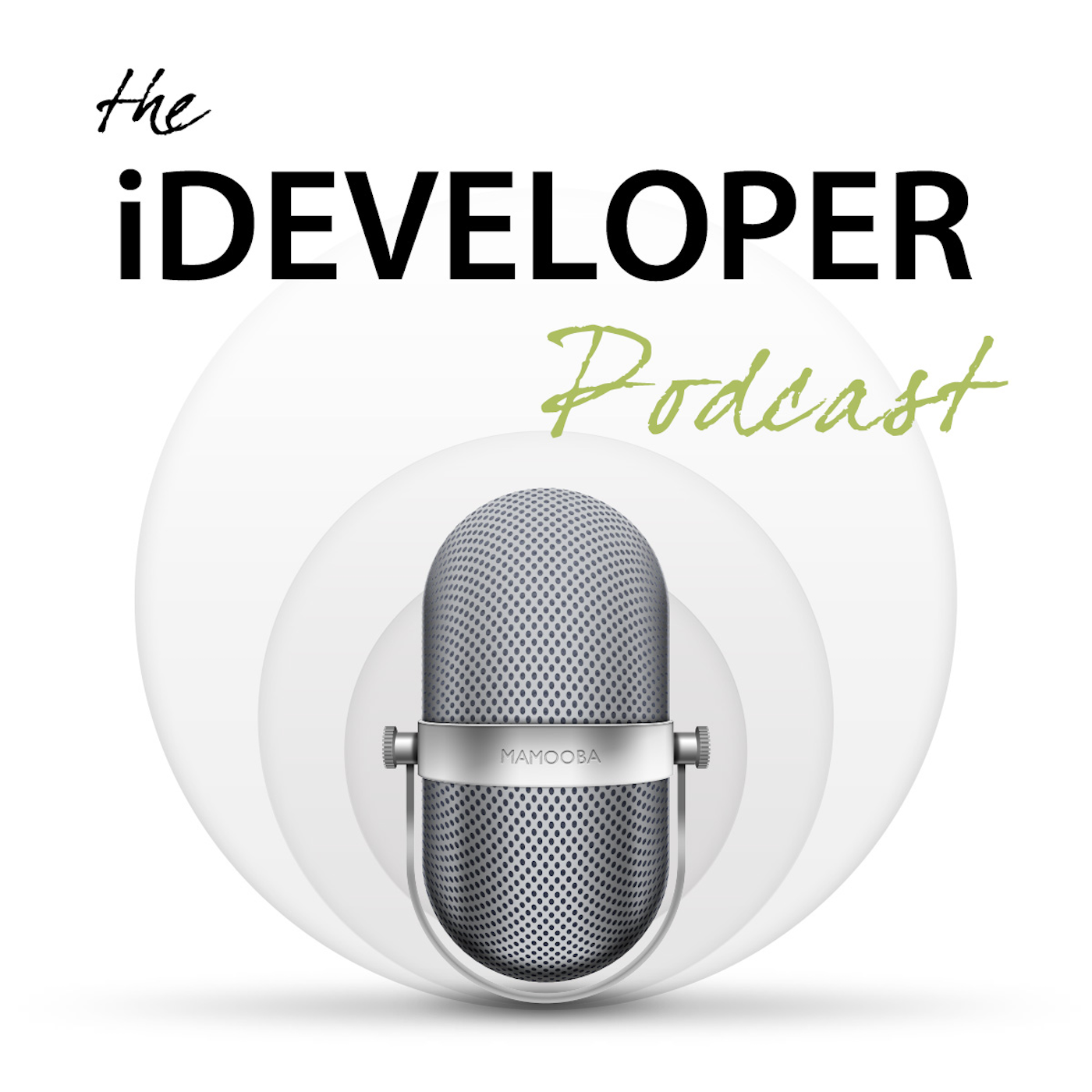
Piano, finally
Piano Finally is a podcast by an old bloke who is learning the piano, finally. I cover the process of learning the piano and music theory as an adult learner. I also review piano books, hardware and other materials from an adult learner's perspective.
Piano, finally
Episode 2 - Planning to start
Ever wondered how you can optimise your piano practice routine and set up a perfect practice space? Tune in as I, David Reidy, share my personal journey of dedicating five and a half hours of practice this week to Alyssa Milne's "Getting to Grade One." I also dive into the charming world of Samuel Arnold's "Gigue" and Manfred Schmitz's "Mini Hit," offering insights into my progress. Stay until the end to hear about "The Piano Doctor," a fascinating YouTube channel featuring a talented piano technician from West Michigan who not only showcases his skills but also teaches a course on becoming a piano technician. Additionally, I review a durable and battery-free metronome from Pianote that promises to help your practice sessions.
Setting up your piano space is crucial for effective practice, and this episode provides the practical advice you need. From selecting the right digital piano to ensuring you have enough space, I cover it all. Learn the benefits of using headphones to practice quietly in shared living spaces and discover why a proper piano bench with adjustable height is essential for maintaining good posture. I'll also share tips on protecting your flooring and organising your growing collection of music books. Whether you're a beginner or looking to refine your practice environment, this episode is packed with valuable information to help you create an ideal piano practice space.
Links
Getting to Grade 1, edited by Alyssa Milne
The Piano Doctor YouTube channel
The Pianote Metronome
You can contact me:
- via email at david@pianofinally.show; this is probably the best option
- the show website, www.pianofinally.show
- Instagram and Threads @pianofinally
- and on YouTube
- all the podcast directories - list
- here's the RSS feed
Some of the links to books and other items mentioned in the podcast may affiliate links for Amazon or other providers. If you use one of these links, a commission may be paid to me at no additional cost to you. Thank you if you use a link.
All reviews of products, websites and services are unpaid, and no sponsorship has been received for any content on this podcast.
G'day everyone. I'm David Reidy and welcome to Piano. Finally, a podcast by an old bloke who's learning to play the piano. Finally, welcome to episode two. Thank you very much to everyone who has listened to episode one. The numbers were quite encouraging, so thank you very much to everyone who's had a bit of a listen to it. The podcast is obviously going out okay. I've got everything up on all the services. It seems to be going everywhere. It turns up in all the ones I look at. I've got to keep removing my test downloads from the download count, but even without those, the numbers are still going quite well. So again, thanks to everyone who has subscribed so far. The website attached to this podcast is coming along. I'm adding to it slowly. I'm going to be adding sorts of things that are useful, as well as show notes and other bits and pieces like that. If you'd like to contact me, email is probably still the best way. I'll give all the details at the end. But it's david@ pianofinally. show and on some of the show notes you'll see a link that says send me a text. That's something that the podcast host has and apparently, if you use it it will send me an SMS or something. I haven't given it a go yet. I also don't know whether that costs or anything, but if you do want to contact me, use the email. It's by far the best way.
David Reidy:In the past week I got five and a half hours of practice in working mainly on two pieces the gigue by Samuel Arnold that you heard in last week's show and which you'll hear a bit more of this week, and a new piece called Mini Hit by Manfred Schmitz. They're both from the same book, which is called Getting to Grade One, edited by Alyssa Milne. I'll put a link to that in the show notes. It's the book I'm using at the moment for some of the pieces that I'm practicing. This week I'm going to be reviewing a piece of equipment. I'll be having a look at an interesting YouTube channel I found that's sort of piano adjacent or very much piano, but also adjacent rather than playing. I'll include a recording of where I'm up to with the jig. Both hands are now working, but the speed is still slow, and I'll talk about planning after you've decided that you do want to start to learn the piano as an adult learner. This week's find on YouTube is a channel that is piano adjacent definitely piano, but adjacent rather than playing, and it's the Piano Doctor.
David Reidy:The Piano Doctor is a young bloke from West Michigan in the United States who basically goes around fixing people's pianos. He does it as a job. He also does some of it for free, but he makes videos when he goes around and does this. So if you want to see how things work inside a piano, it's really good. If you want a quick look at the things that can go wrong with pianos and how you would then fix them, it's really good for that as well. They're generally fairly short videos. They're quite entertaining. I find them really interesting, so I look forward to when he brings new ones out. He also runs a course on how to become a piano technician. Apparently, there is a worldwide shortage of piano technicians. If you're good with your hands and you don't mind, well, you'll see what ends up in some people's pianos by watching his videos. So if you like that sort of work, I suppose have a look at what he's got online as well for teaching you how to do it. I just find this very interesting watching what has happened to people's pianos and, I suppose, a bit of a warning if you're looking after your own piano what not to do. To make sure you don't end up in one of the Piano Doctor's videos, I'll put a link in the show notes to the Piano Doctor. I would thoroughly recommend, if you're a piano player, having a look. Obviously he's mainly dealing with mechanical pianos, not digital pianos, and it's a great look at another side of dealing with music dealing with music.
David Reidy:This week's gadget for review is a little mechanical metronome that I got as part of a package of things from Pianote. I'll talk about Pianote in another episode, but this is a small mechanical metronome. It sits about 15 centimetres tall. The metronome itself is made from a fairly durable plastic. It's very red in colour, hard to lose, and the bit that swings back and forth has a little clip at the top to hold it in place when you either want it to stay stopped or you want to put it back in the case. It just has a little cover that goes on the front of the case. With the cover in place, it's quite robust. The key also will come out of the side and can be stored at the bottom. It will fit in quite a small space if you needed to carry it with you.
David Reidy:If you're going practicing somewhere away from home, it doesn't do anything special except keep time which, of course, is what a metronome is meant to do and it works very simply. It has the advantage of being mechanical, so no batteries. It has a little key on the side that you wind it up, and once you've wound it up, you can set it off just by tapping it with your finger, as you can hear it ticks back and forth. It has a range of speeds that you can adjust it for. According to the on the front, it goes from 208 beats per minute down to about 40 beats per minute. I haven't tested it to see how accurate it is. It seems fine and, as I'm not doing things that require really accurate timing, it's probably close enough for practice. As far as mechanical metronomes go, it's it's around about $80 US, which I think is a bit expensive, but, as I said, I got it with a whole pile of other things, so it didn't cost anywhere near that much for me. There are many other ones very similar that are available on the market as well. If you do a quick search on Amazon or anywhere else for mechanical metronome, you'll find them in a range of prices from a few tens of dollars up to a few hundreds of dollars if you want sort of ones with nice wooden finishes and everything.
David Reidy:As we all know, a metronome is sort of important sometimes for practising. Although I found by looking online that there are some people who disagree with that, I thought it was useful to have one to begin with and as it was coming with a bundle of other things, anyway, I got it, so I've used it a little bit. I actually have replaced it with another metronome that, again, I'll cover in another episode. It does the job well enough and is a useful addition to the practice routine. So that's the tactile piccolo metronome from Pianote and, as I said, I'll put a link to that in the show notes. But there are many other similar metronomes available from many manufacturers and I'm sure your local music store will probably carry a whole pile of them as well.
David Reidy:So this week I thought I'd talk about what to do after you've decided that you want to start learning the piano. But before you actually get around to it, there is a fair bit of planning to do just to get things ready so that you can successfully start learning to it. There is a fair bit of planning to do just to get things ready so that you can successfully start learning to play. You've decided that you're going to give it a go, learning to play the piano. So what's next Now? If you like planning, then you're in for a real treat, because there's a whole pile of things that I didn't consider to begin with but very quickly worked out that I needed to organise before even getting an instrument into the house.
David Reidy:So first of all, of course, is picking an instrument. There are broadly four categories of instrument that you can get. I mean, obviously there's lots of variations and things, but I've sort of divided it up into four different categories. There's the electronic keyboard. They're relatively cheap, they're fairly easy to get. You can get them almost from toys up to really professional instruments. But as they're an electronic keyboard rather than a digital piano, the key action on them is not the same as on a normal piano. So if the key action is important to you, then an electronic keyboard is possibly not the way to go. If you just want to learn where the keys are and things like that, it's fine, but in terms of being able to sit down and play at any piano, it's the wrong sort of action apparently. So that's not one of the ones I looked at. I sort of skipped that.
David Reidy:The next level up is the digital piano. These are designed to have key actions that mimic at least the action on an acoustic piano. They tend to be more expensive I'm going to do all this in Australian dollars. You can get them from about $500 up to about $1,500. Around about $1,000 Australian dollars there's an awful lot of things to choose from. So if your budget is around about $1,000, there are many, many different digital pianos from which you can choose and they come with all sorts of features other than just being a piano. There's usually other instrument sounds and things like that. I'll give a proper review, probably in next week's show, of the one that I picked up, which was the Roland FP-30X. But there are many to choose from and at $1,000, it's a serious investment. But as an adult, and if this is something that you're going to be doing over many years, then in terms of value for money it's probably pretty good.
David Reidy:The next step up is to the acoustic pianos, and there's two forms of that. There's uprights and grands. Having looked around, an upright piano will cost between about $2,000 to $5,000. You can go considerably higher, but you'll certainly get a good quality upright piano for around about $2,000 to $5,000, depending on how much you want to spend. And then, after those pianos, the next step up, of course, is the grand piano. They tend to start at around about $10,000. I've been able to find them at over a million dollars as well, but from about $10,000 to $20,000 or $30,000, you can get quite a good grand piano. So obviously your budget is going to determine where you start and I would suggest that if you never played the piano and you're really not sure, then probably a digital piano is the way to go. Of course, all of these things are available as secondhand pianos as well. They work out a lot cheaper. But apparently you should take someone who really knows pianos with you if you're looking at secondhand pianos, because they can apparently turn into money sinks in an attempt to get them to work properly. If you watch some of the videos from the piano doctor, you'll see some of the things that can go wrong. I would suggest a digital piano. It's the way I went.
David Reidy:Let's assume you're going to get a digital piano. You're going to spend a bit of money, get a decent sized one. You're going to need somewhere to put it. Pianos are 1.5 metres wide. Really doesn't matter what sort of piano it is. If it's got a full size keyboard, it's going to be about one and a half metres across. That's just to fit everything in. So you're going to need a space about one and a half metres wide and you're probably going to need about a metre and a half deep as well while you're playing the piano. While you're not playing the piano, you need about 60 centimetres for a piano with no one sitting at it. But if you're going to sit comfortably at a piano, you need probably about a meter in front of it so you can comfortably get in and out and put a bench down to sit on. You'll need to find somewhere convenient to put it.
David Reidy:If you're like me, if you put the piano out of the way, where it was difficult to get to or it was inconvenient, or it was in a room that, for example, got really cold and was unpleasant to play in in winter, then that piano is going to get a lot less use than if it's somewhere really obvious. So when you're working out where you're going to put your piano, if you're going to be serious about learning to practice, I'd suggest put it somewhere really obvious. Well, perhaps you don't want to trip over it, but you almost want to trip over it because it will keep reminding you you should be doing your practice. This can be a problem, of course, if you're sharing a house with other people, because pianos are not necessarily quiet instruments. That is one of the advantages of a digital piano. The digital pianos will normally have electronic outputs. You can put some headphones on and play the piano that way, so other people won't hear you playing the piano. They will still hear you hitting the keys. If you've got a digital piano with an action that mimics a real piano, then it makes noise when you hit away at the keys. There is still going to be some noise, even if you have the headphones on, and no one else can hear the notes that you're playing. So take that into account, that you might not want to put it somewhere where other people need quiet, perhaps while they're studying or doing other quiet work. Of course, if you've got an upright or a grand piano, you often don't have the option of turning them off, although apparently there are some things you can get to fit to upright and grand pianos to make them silent. Basically, you're adding a digital section into those pianos so they can be played in. Either way, you're found somewhere to put it.
David Reidy:When I first got mine, I got a piece of carpet from Ikea that was one and a half metres by a metre in depth to put under the piano, because they're relatively heavy. The room it was going into has carpet and it will mark the carpet. If it's something that you're not going to keep in that spot for a long time, you maybe want to put something down so you don't end up with divots left in the carpet after you move it. In my case, as I was only just starting out and wasn't sure, I wanted to keep the carpet, okay in case I changed my mind. The new piano, which is considerably heavier, won't be moving anywhere, so I haven't worried about it. For the new piano, which is considerably heavier, won't be moving anywhere, so I haven't worried about it for the new piano, but certainly for the first piano, one of the carpet rectangles from Ikea was a good way of keeping the house's main carpet undisturbed. As that piano will now be leaving the house, it ended up being good sense. I'm going to send the carpet up with it as well.
David Reidy:The other thing you're going to need to go with your piano is somewhere to sit. Now you can just sit on a chair, but everybody says you shouldn't. You should get a piano bench. A chair with arms is a real problem. If you've got a chair without arms, you can give it a go.
David Reidy:I ended up getting a piano bench to go with the keyboard. It has a number of advantages. One there's nothing to lean back on, which means you have to sit properly, which is a good thing, because if you're going to be sitting down for an hour or so practicing, if you don't sit properly you'll end up with a sore back. It also has the advantage that I got one of the benches that has storage. So if you lift up the seat, there's space under the seat to put your music, books and things, and if you're anything like me, you'll very quickly end up with a large number of music books. So being able to store the ones that you use every time under the seat of the piano bench is really good.
David Reidy:The bench possibly needs to be adjustable in height. It took me a little while to find the comfortable height for sitting at the piano and, of course, if you're sharing the piano with other people, you definitely want it to be adjustable in height. The one I've got has knobs on either side that you turn, which raises and lowers it quite slowly If, for example, you had small children or people of very varying heights. There are some that use a pneumatic lift system, which are much quicker to adjust, so perhaps think about one of those if you're going to have multiple people sitting on the piano bench and they're different heights.
David Reidy:Talking about books, though, I ended up having to get a small bookcase to go with the piano because I bought so many books. I just got a cheap Billy bookcase from Ikea, perfect for storing lots of books, because there's lots of books to get when you're playing the piano, and although I'm normally a messy person, I'm not storing things on top of the piano. In the case of the little keyboard, there's pretty much no way you could store things on top because it was quite small. But even the new piano, which is much larger, apart from music on the music stand, I tend not to store things on the piano, the main reason being that they rattle. If you've got anything a book doesn't, but certainly if you put anything else on the piano, especially like the pair of glasses that I'm not wearing they tend to rattle when you play and it gets quite distracting. So having a bookcase or somewhere else that you can store things while you're playing was a real add-on that added a little bit to the space, but you need that as well.
David Reidy:You also need to consider lighting and power. You need to be able to see the music clearly and the keyboard clearly if you're going to be playing, so you'll need a light of some sort, or you need to put it somewhere in a room that has got good lighting, perhaps preferably lighting that doesn't shine in your eyes. I've got a specialised piano light for the new piano and I'll review that later, but certainly make sure that you've got a good roof light or a lamp that you can put pretty much behind you. The two main lamps I use in the room are off to the side, so they light the piano well, but I can't see either of them unless I turn my head, which is great. And, of course, if you've got a digital piano, you probably need power as well. You might have other things like lights or maybe a metronome that means to be plugged in and other things. So you need to consider power and, of course, as with most older houses and my house was built more than 50 years ago. There are never enough power points and they're never on the right walls. You end up running cables around your house to plug everything in. Once you've picked your piano and you've got your space and you've got your bookcase and you've got your power and you've got your lighting, you're almost ready to begin. In the next episode we'll look at what happens when all that has arrived. You've got it all set up, you've got 88 keys in front of you and you've got no idea where to begin.
David Reidy:Thank you very much for listening to the show this week. If you'd like to contact me, the best way is via email. That's david at pianofinallyshow. Piano Finally is all one word. You can check out the podcast on pretty much all of the podcast services. Now. It appears to be up almost everywhere, including Apple and Spotify. We've both got the podcast available there. You can visit the show's website that's wwwpianofinallyshow, and you'll find the show notes there and other information that, as I said earlier, is slowly building up. So until next week, I hope your piano stays in tune and you enjoy your time at the Keys. This week's performance is the first eight bars of the gig by Samuel Arnold. Last week I played it right hand only quite slowly. This week both hands first, eight bars still very slowly. Hopefully by next week I'll have the whole piece working on both hands. Thank you.
Podcasts we love
Check out these other fine podcasts recommended by us, not an algorithm.

Connected
Relay
Upgrade
Relay
No Such Thing As A Fish
No Such Thing As A Fish
We Can Be Weirdos
Global
Stuff The British Stole
ABC and CBC
The iDeveloper Podcast
Steve Scott (Scotty) & John FoxRaven On: A Pop Culture Podcast
Natalie Bochenski & Stuart Layt
Smart Enough to Know Better
Dan Beeston & Greg Wah
TopMusic Piano Podcast
Tim Topham
The Chopin Podcast
Garrick Ohlsson and Ben Laude




